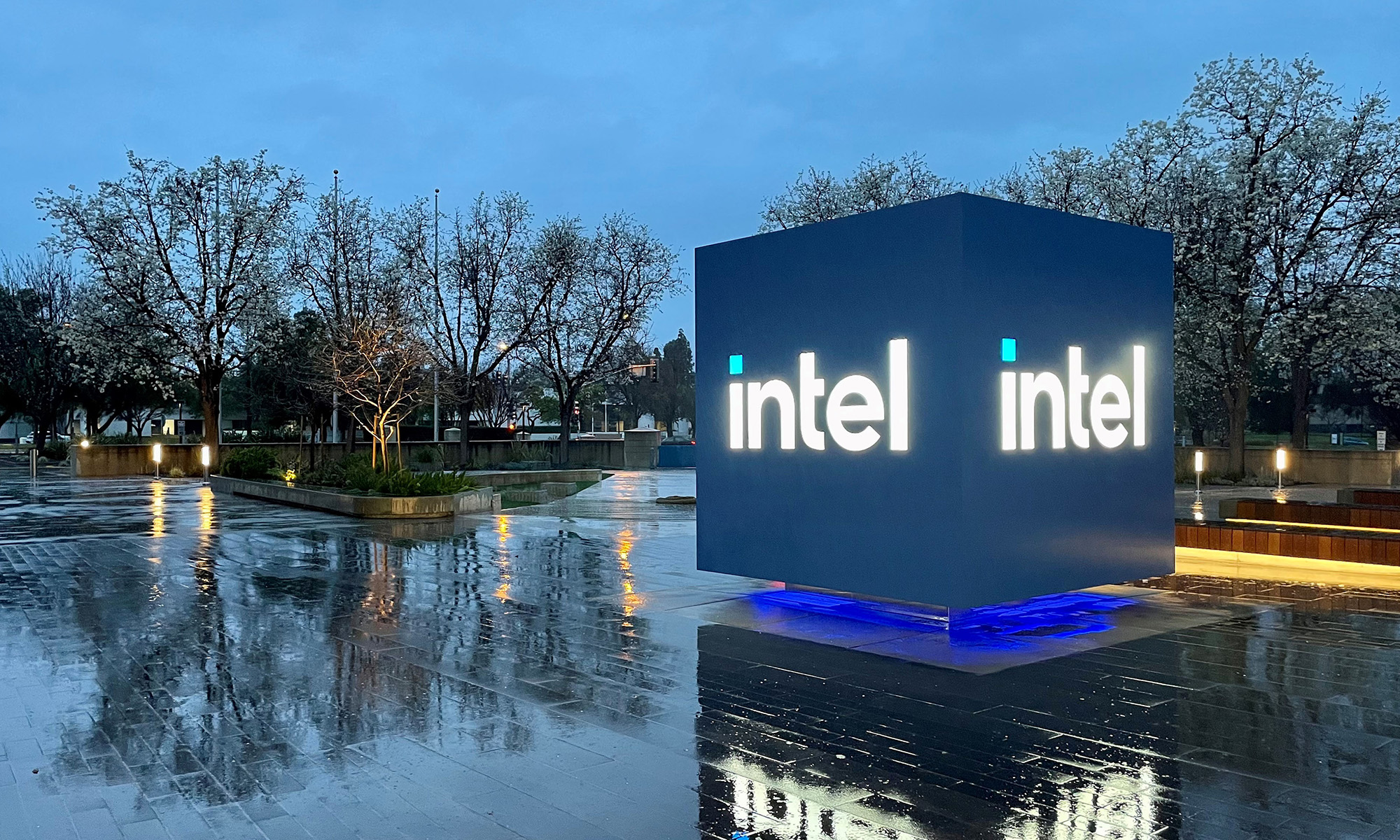The announcement on Sept. 7 of lower Q3 earnings expectations was just the beginning of what has become a slow but steady 7% decline in Intel's (INTC +3.35%) share price the past month. Concerns about the declining PC market once again made headlines after Hewlett-Packard (HPQ 2.80%) CEO Meg Whitman ended last week suggesting the HP "turnaround" will occur sometime this millennium ... maybe. As the leader in PC processors, HP's announcement certainly didn't help the drop in Intel price.
But as much as anything, Intel's mobile chip division is responsible for current pressures to its share value. Earlier this year, Intel announced it was (finally) getting serious about mobile computing, inking deals with providers including Lava International, Orange, and ZTE. Intel was already working with mobile players Lenovo and Google's (GOOG 2.42%) Motorola Mobility. So what's the problem?
Mobile computing and a need for speed
It would be easy for Intel bulls to point to the six new smartphones shipped this year, all powered by its much-ballyhooed Atom processor. That's good stuff, and it would seem to support Intel's long-awaited mobile strategy. But there are a couple of problems.
Of the six smartphones shipped so far in 2012 with "Intel Inside," none are here in the States. Europe and Asia are the landing points for the phones, including Motorola Mobility's foray into Europe -- the Razr i. That's fine, except the U.S. smartphone and mobile computing market is where the revenues are.
So why the lack of a U.S. arrow in Intel's mobile computing quiver? As the world of smartphones, tablets, and the like shifts to the more robust 4G network, particularly domestically, Intel doesn't have a chip solution -- yet.
The future is (almost) now
Intel's director of product marketing, Sumeet Syal, shared an interesting 4G-related tidbit with TechCrunch a couple of weeks ago. According to Syal, Intel will begin "shipping some LTE products later this year and ramping into 2013." Intel naysayers will cite Qualcomm's (QCOM 3.36%) existing 48% share of the smartphone processor market in Q2 as too big a hurdle for Intel. But not so fast.
First, discounting Intel in virtually any market it sets its mind on entering is unwise. You don't become a $113 billion worldwide leader in any market unless you've been around the block once or twice. Second, as important as the 4G smartphone market is to Intel's future growth -- rising to $5.5 billion annually the first half of 2012, a 61% jump versus the same period in 2011 -- that's not the only opportunity value investors should consider.
Intel's commitment to cloud technologies remains an intriguing prospect for growth. The revenue estimates for the cloud marketplace going forward are nothing short of astronomical. According to Forrester Research, in just two years' time the cloud will be a $55 billion business annually, as much as $241 billion a year by 2020. That's a lot of upside.
Now, consider those exploding cloud market numbers alongside Intel's server market share: ending 2011 with its highest share of the market ever, at 16.5%. Intel's announcement Oct. 4 introducing the Atom-based storage platform cloud product, specifically addressing the needs of small businesses, is another in a long line of cloud revenue-generating solutions.
Intel is notorious for understating earnings leading up to quarterly announcements. As discussed in an article about this time last month, sharing the dour earnings expectations news on Sept. 7 was pretty much par for the course, and that got the negative ball rolling. But don't be surprised when Intel ekes out a slightly better than forecast Q3 when it shares results on Oct. 16.
With a yield nearing 4%, more than $13.6 billion in cash to continue its growth, and financials that should have value seekers salivating, Intel remains a growth and income dream. For investors with the need for speed, Intel may not offer the immediate gratification you're looking for. But a 4G chip is coming, the cloud market is exploding, and Intel will ride both to steady growth.









